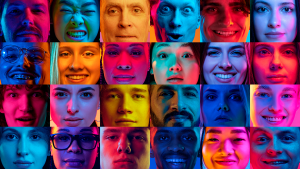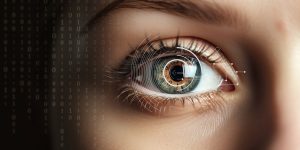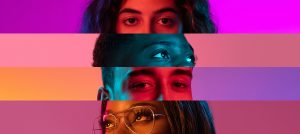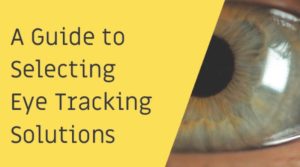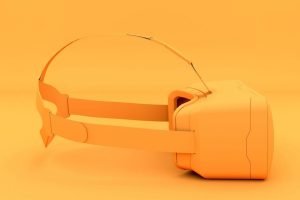Eye tracking technology has vastly improved in recent years, as well as the eye tracker prices, resulting in the development of both more advanced and more accessible hardware. As with most products, a larger difference exists between the low- and high-end hardware on the market and the companies producing them.
In this article we will take a look at the different eye tracker systems available for purchase with your iMotions license, and what the general eye tracker price ranges are, so that by reading this article readers will be well informed on what to choose when starting eye tracking research, or if they are looking to upgrade.
The difference between eye trackers
A majority of the difference in price will come down to the eye tracker’s accuracy, freedom of movement (the “headbox”), and the sampling rate. Some research questions require a very high measurement accuracy (e.g. 0.1°), while other researchers may require less (e.g. 1.0°). While the hardware’s capabilities are crucial, many other factors come into play such as the accompanying software, usability, support, and general compatibility with other systems.
In this post, we’ve gathered the prices of 15+ eye trackers from our industry-leading partners such as Smart Eye, Varjo, ad Pupil Labs, to quickly present an overview of the price points you may encounter on your journey to purchasing an eye tracker with iMotions.
It is difficult to put an average price on a piece of eye tracking hardware with prices ranging from just under $1000 to more than $70.000. A good rule of thumb is that screen-based eye trackers are at the low end of the range, VR headsets are in the middle, and eye tracking glasses are usually at the top of the range. Some of the prices overlap etc. However, it is important to keep in mind that it all depends on the capabilities you require to answer the questions you’re after
The lack of 100% transparency in pricing is due to several reasons – level of public availability, pricing being subject to academic discounts, and general price fluctuation. Both screen-based eye trackers, eye tracking glasses, and VR eye trackers are listed together below.
If you’re looking at more than just the price to decide which eye tracker to get, then try out our tool to help you decide which eye tracker is right for you.
iMotions is the trusted reseller of the brands of eye tracking hardware mentioned in this article. If you are looking to enhance your eye tracking capabilities, our solutions teams are ready to help you choose the eye tracking hardware that best fits your needs.
In the following section, we have compiled a list in three brackets each corresponding with different ranges of eye tracker prices.
Low-end Eye Trackers [$100-$1,000]
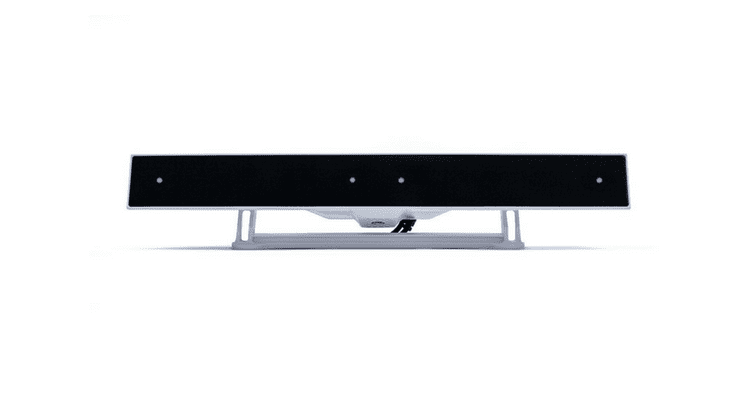
There are a limited number of eye trackers available at this price range due to the nature of the cost associated with building hardware.
Low-end eye trackers are generally not recommended for advanced research (although this largely depends on the research question) but are great to help get a better understanding of the technology and data collection.
- GazePoint GP3 – 60 Hz (hardware only)
Middle-end Eye Trackers [$1,001-$10,000]
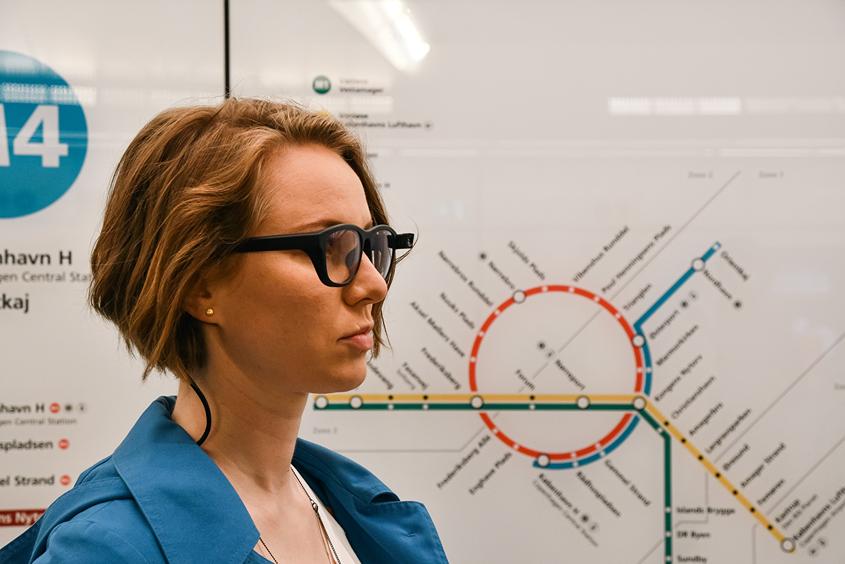
The eye trackers within this price range are, for certain research questions, more than adequate and provide good value for those with a limited budget.
- GazePoint GP3 HD 150 Hz
- EyeTech VT3 mini – 40 / 60 Hz
- HTC Vive Pro Eye
- Pupil Labs Core
- Pupil Labs Invisible
- Neon by Pupil Labs
- Smart Eye AI-X
- Smart Eye Aurora – 60/120Hz
- Varjo Aero
- Varjo VR-3
- Varjo XR-3
Eye Tracking Glasses
The Complete Pocket Guide
- 35 pages of comprehensive eye tracking material
- Technical overview of hardware
- Learn how to take your research to the next level
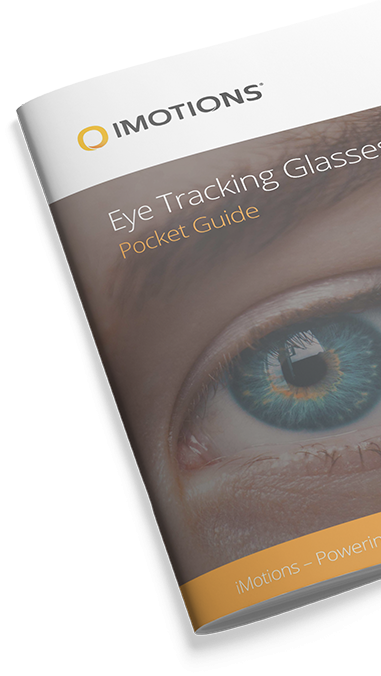
High-end Eye Trackers [$10,001+]
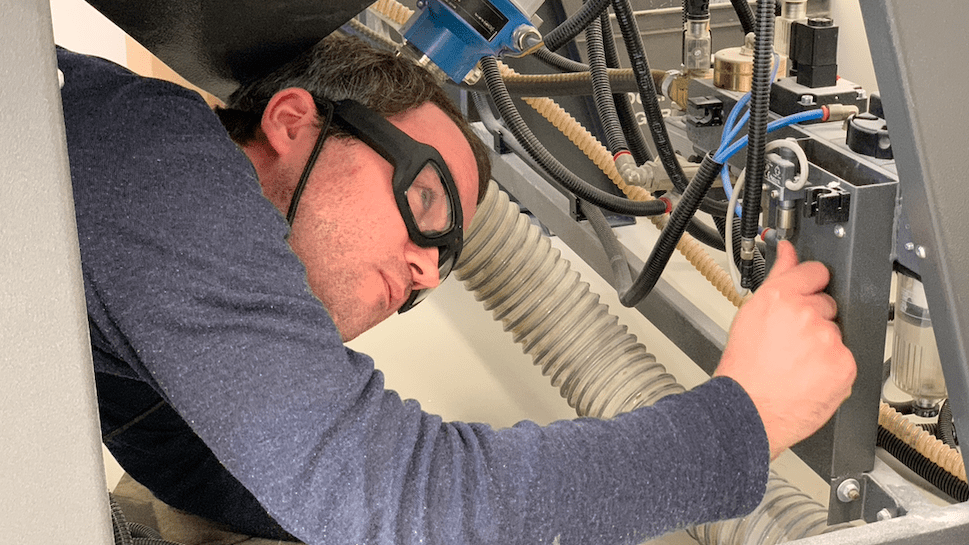
This section is where you will find the top-of-the-line eye trackers available for commercial and academic use.
Eye trackers of this caliber are normally used by organizations with more advanced research objectives that rely heavily on high accuracy, precision, stability, and usability.
To get a complete overview of how to utilize your eye tracking system, download our complete eye tracking pocket guide below!
Eye Tracking
The Complete Pocket Guide
- 32 pages of comprehensive eye tracking material
- Valuable eye tracking research insights (with examples)
- Learn how to take your research to the next level
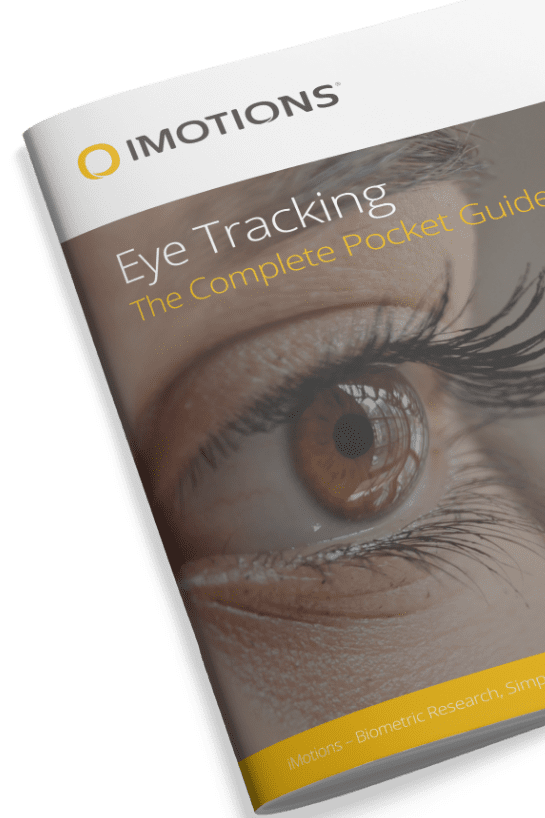
Webcam Eye Tracking
As you can see from the list above, eye tracking systems come in a wide range of prices that will fit a broad spectrum of research setups and budgets. Eye trackers are versatile pieces of hardware, but the common denominator for all of them, in terms of limitations, is that they all accommodate just one user at a time.
If you need a more quantitative approach to a study, an alternative exists to screen-based eye tracking, namely Webcam Eye Tracking. As the name suggests this is a cloud-based tool that only requires a participant’s webcam.
The main features of webcam-based eye tracking are that there is no need for hardware and that makes the solution all but endlessly scalable. Webcam eye tracking allows you to get insights from all over the world through the cloud.
iMotions offers webcam eye tracking through both our new iMotions Online platform as well as through the Remote Data Collection extension for our iMotions Lab software. Through the integrated study builder in both of these softwares, setting up and sending out studies happens in one seamless workflow. Collecting data all over the world happens at the click of a button. You can read more about the platform here. If you are interested in seeing how accurate our proprietary webcam eye tracking is across a number of crucial parameters, please see our validation study here.
If you want to know how webcam eye tracking compares to screen-based eye tracking, please have a look at the internal accuracy test we made to compare the two. Through the link, you can also download the webcam eye tracking whitepaper.
I hope you’ve enjoyed our overview of the price points in the world of eye tracking hardware. The next step after considering eye tracking hardware is which software should complement it. iMotions allows you to get the most value by helping you future-proof your setup as well as providing the possibility to add more sensor modalities, such as facial expression analysis, galvanic skin response, EEG, and ECG.
Eye Tracking Screen Based
Measure visual attention on monitors and mobile devices with the screen-based eye tracking module.
Find Out More



